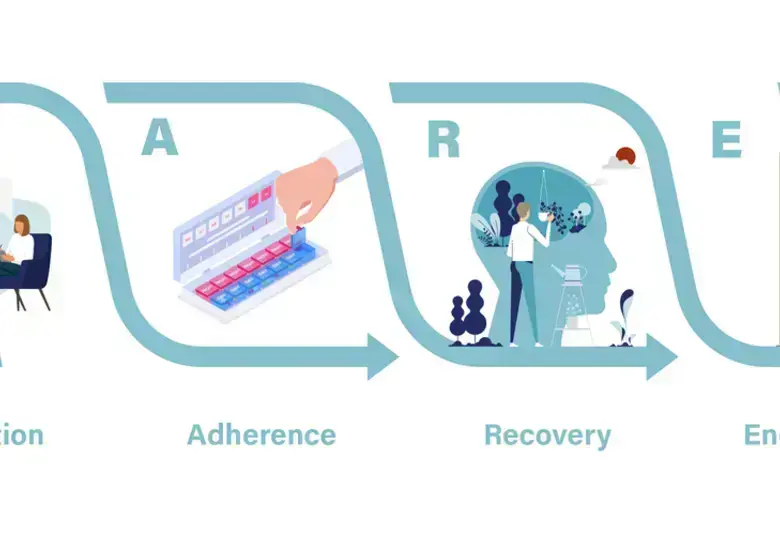In this workshop, four speakers discussed experiences from around the world, of how stigma in mental health comes about, and how it can be tackled.
Quality of care is related to stigma
Both Norman Sartorius, Switzerland, and Tsuyoshi Akiyama, Japan, made a direct link between quality of care and stigma attached to disorders1. Prof Sartorius outlined a vicious cycle. If the quality of care is poor, patient outcomes are commensurately poor. Therefore, people involved in the system become pessimistic and patients believe they won’t improve; their self-stigma increases, and families feel disillusioned. The psychiatric illnesses appear to be incurable and those treating patients feel of impotent. These changes, in turn, affect the attitude of the patients referred to the mental-health services, they may be unwilling to enter the service, so there can be an increase in involuntary admissions and a deteriorating reputation of the service. This makes it more likely that budgets will be cut to such a ‘failing’ service, so the facilities will deteriorate further, staff will see little chance of career progression, they may be more prone to burnout, and the quality of care will be further compromised.
Stigma remains a key problem for mental-health services and the welfare of patients
As Prof Sartorius pointed out, this vicious cycle can be interrupted at any point, thus improving quality of care. In addition, as quality of care is easier to improve than the socio-cultural stigma attached to psychiatric disorders, this is a clear way in which we can intervene to address stigma in the mental-health services.
Ability to treat effectively is key
Wolfgang Gaebel, Germany, addressed the link between the ability to treat psychiatric disorders successfully and a reduction in their stigmatisation2,3. Components of quality psychiatry that can contribute to the destigmatisation of mental illness include the implementation of regularly updated evidence- and consensus-based treatment guidelines, the individualization of psychiatric treatment, and the application of quality indicators within the framework of comprehensive quality management. All of these should improve patients’ outcomes, and therefore provide more reassurance and confidence in the general public that psychiatric treatments are effective and reliable.
Ability to treat psychiatric disorders effectively reduces their stigma
Improving quality of care worldwide
Petr Winkler from Czech Republic discussed the use of the World Health Organization (WHO) Quality Rights toolkit in improving psychiatric care4 issued in 2012,. The toolkit aims to support countries in assessing and improving quality of human rights in mental health and social care facilities.
In the Czech Republic, almost all of the psychiatric hospitals were assessed using this toolkit. Data from all the facilities were put together and presented anonymously, to identify priority areas for improvement. From this, recommendations for improvement were developed at a systemic level (for the Ministry of Health) and at a facility level for individual hospitals. Some important steps to improve the quality and safety of care in Czech psychiatric hospitals have already been launched as a result of this evaluation. Dr Winkler concluded that the WHO toolkit is a powerful tool that can be used worldwide.
For the latest updates on sea.progress.im, subscribe to our Telegram Channel https://bit.ly/telePiM
Our correspondent’s highlights from the symposium are meant as a fair representation of the scientific content presented. The views and opinions expressed on this page do not necessarily reflect those of Lundbeck.




